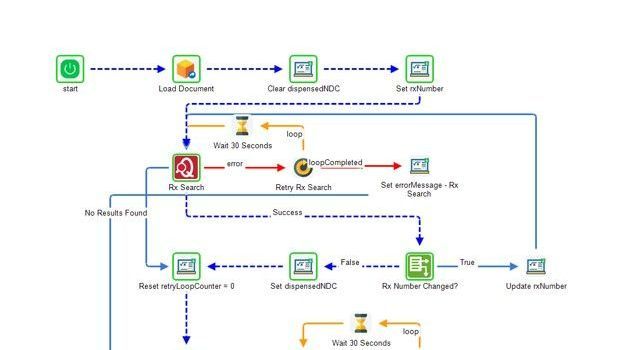HTML5 is a powerful tool, enabling businesses to streamline operations, enhance user experiences, and fosters innovation. Its robust set of features offers a platform for developing sophisticated, interactive, and responsive process automation solutions. We highlight what those options are below.
HTML5: A Catalyst for Modern Process Automation
Cross-Platform Compatibility: HTML5's ability to run seamlessly across various devices and operating systems makes it an ideal choice for creating process automation interfaces that are accessible anytime, anywhere. This universality ensures that automated processes are more reachable, enhancing operational flexibility.
Rich User Interfaces (UIs): With its advanced features, including Canvas and SVG for graphics, HTML5 allows the development of rich, intuitive user interfaces. These interfaces can significantly improve user engagement and simplify complex process interactions, making automation more user-friendly.
Real-Time Communication: HTML5 introduces real-time communication capabilities through technologies like WebSockets, enabling instant data exchange and updates. This is crucial for process automation systems requiring real-time feedback and actions, thereby reducing latency and increasing efficiency.
Offline Support: The ability to create web applications that work offline using HTML5's local storage and application cache features is particularly beneficial for process automation. It ensures that applications remain operational without an internet connection, thus minimizing downtime and enhancing productivity.
Integration Capabilities: HTML5 facilitates easier integration with other web technologies and APIs, allowing for the seamless incorporation of external services and data into process automation workflows. This interoperability is key to creating flexible and scalable automation solutions.
Security and Compliance: Enhanced security features of HTML5, including powerful encryption APIs, provide a safer environment for developing and deploying process automation applications. This is vital for protecting sensitive data and ensuring compliance with regulatory standards.
HTML5 is at the forefront of technological advancements in process automation, offering the tools and capabilities needed to design next-generation automated processes. Its emphasis on cross-platform compatibility, interactive user experiences, and seamless integration positions HTML5 as a critical enabler of efficient, responsive, and scalable process automation solutions.
Book a demo today to learn how you can take advantage of HTML5 in workflow automation.







